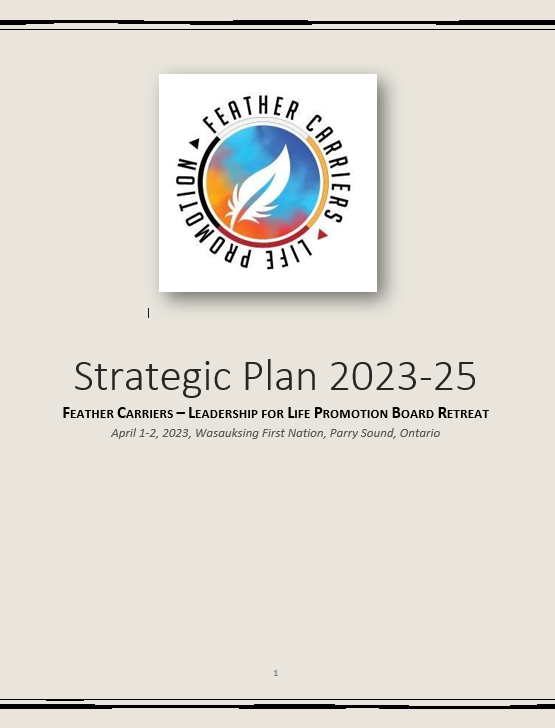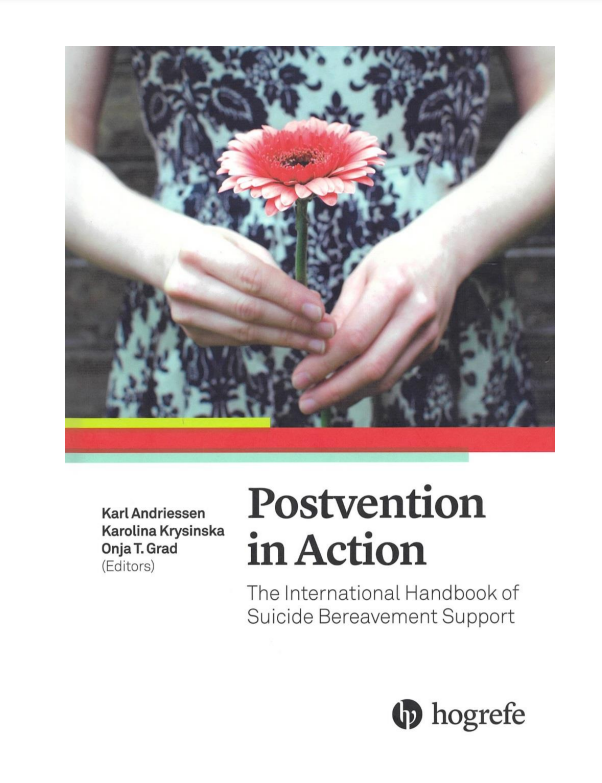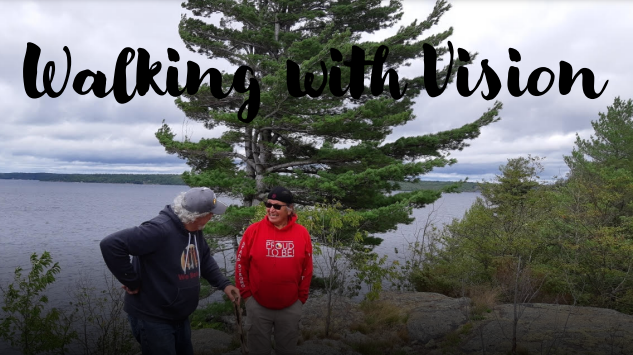Life Promotion
OUR APPROACH TO THE CIRCLE OF SUICIDE PREVENTION, INTERVENTION AND POSTVENTION
Life promotion from an Indigenous worldview speaks to our core belief that all life is a sacred gift from our Creator. As such all life is meant to be respected and treated with equal reverence. At the same time Indigenous beliefs and values promote and respect the free will that Creator has gifted to all. In this regard all life forms have the right to choose life. As life promoters Feather Carriers are encouraged to support themselves and all life to live long and good lives through how they live their lives and through the life promoting teachings they share. However, the free will of all life to choose life is always honored and respected. In short life promoters are encouraged to use all of their gifts to support all life forms to live life to its fullest potential as our Creator intended. -Dr. Ed Connors
Resources
The Miikaans (Little Roads) Teaching: John Rice Zahgausgai “Sunray” describes each of the stages of life, from birth to old age, in the audio samples below. The box above each clip shows where the stage is on the map of life, the little roads we take.

G’chi Manido
A Conversation with the Creator: Before we are born an intimate conversation with the Creator occurs, and a feeling of safety is generated to support us through hard times. This conversation happens at the beginning of life, and prepares us for what follows.

Abinoojiinh
Stage 1 – Birth: Birth is our first trauma, and separates us from some of the knowledge we’d acquired through our earlier conversation with Creator (though it is still in us). This teaching walks us through the various ways we are nurtured at birth and in childhood, to help us learn what is needed when someone goes through difficulties later in life – to nurture them into their life purpose.

Oshkiniijig
Stage 2 – Puberty: Puberty is a physiological change, and also an education process that happens in community. Important rituals help young people transition to adulthood purposefully. Very specific practices and teachings are shared so that they can know themselves and their roles in relation to others as they move through this transition.

Babaa Ayaa Jig
Stage 3 – Wanderer: At this stage, curiosity leads us to move around, examine different ways of living and spiritual practices. This helps us learn our place in creation by contrasting the new things we see with what we have always known. This prepares us to step more fully into our own gifts.

Ozhiitaa Jig
Stage 4 – Gifts: We learn our gifts by listening in certain ways to what we encounter. Closely attending to what is reflected back to us about ourselves – by focusing on the positive – can help us learn our own unique gifts.

Gashkichige Jig
Stage 5 – Life Purpose: At this stage of life we are using our gifts and living the purpose given to us by the Creator. Remember the earlier life lessons about play so that we can take a rest at times too. This way our purpose will never become a burden.

Gikendamowin
Stage 6 – Self-Actualization: Here we are settling in to our gifts and purpose, and this gives us the flexibility to adapt and change, based on new knowledge we continue to gain. We now become fully confident in who we are, in relationship with all of Creation.

Getsijig
Stage 7 – Elderhood: We turn all our experiences – the good and bad that we have seen and done – into good learning and wisdom. This leads us to an experience of purity at this later stage of our life. We know who we are.
Manido Miikan
Spirit Journey: When we leave this creation, our journey back to the Creator begins. This also involves important community rituals, in order to ensure this journey is a good one.
Aazhoge
Gap Ceremonies: An important aspect of mino biimaadsiwin or living the Good Life, involves learning how to make safe transitions from one stage of life to the next. This is sometimes referred to as ‘bridging the gap’ and involves rituals and/or ceremonies.
The Eagle Feathers and Zaug’s dream
[In conversation with Zahgausgai, Elder John Rice]
“I can remember my grandmother lived in a small shack. It wasn’t very big, but it had two rooms, a kitchen and then a bedroom and living room, it was kind of hard for her because it was really small. In my dream I went to visit her, and she was really happy that I came to see her. When I walked through her kitchen and went into her living room it was full. The only way I could say it, there were thousands of people in that small room, it was just full of people. I couldn’t understand how such a small house could have so many people in it. But it was my grandmothers, so I went along with what I was seeing. After looking around the room at people, I can remember specifically what kind of people I saw. They seemed like all kinds of people, they weren’t just Nish, they were a mixture of people. My grandmother said, come on with me. Well, she actually said, John Isaac, come with me, that was my name when I was a little boy because my father’s name was John. They called me my grandfather’s name – John Isaac. She said, come with me and we went into her kitchen, and there was a corner cabinet in her kitchen, and she opened it up. When I looked in there, that little cabinet had no dimensions, it was immense, it was so big inside. So what she did was pull out this roll and the eagle feathers were in this big long roll, they were rolled horizontally and in between each tip and in between each stem was an orange orb. There was no physical connection. The orb was between each end and every other feather. And so that’s what she did, she took that roll of eagle feathers, and she started unrolling and from what I saw her doing, as she unrolled that roll of feathers it looked like it was never ending, it looked like it went on forever is what I saw. As she pulled all that out, it was just the way she looked, it was like one of those looks like this was certain. Or this is the truth.
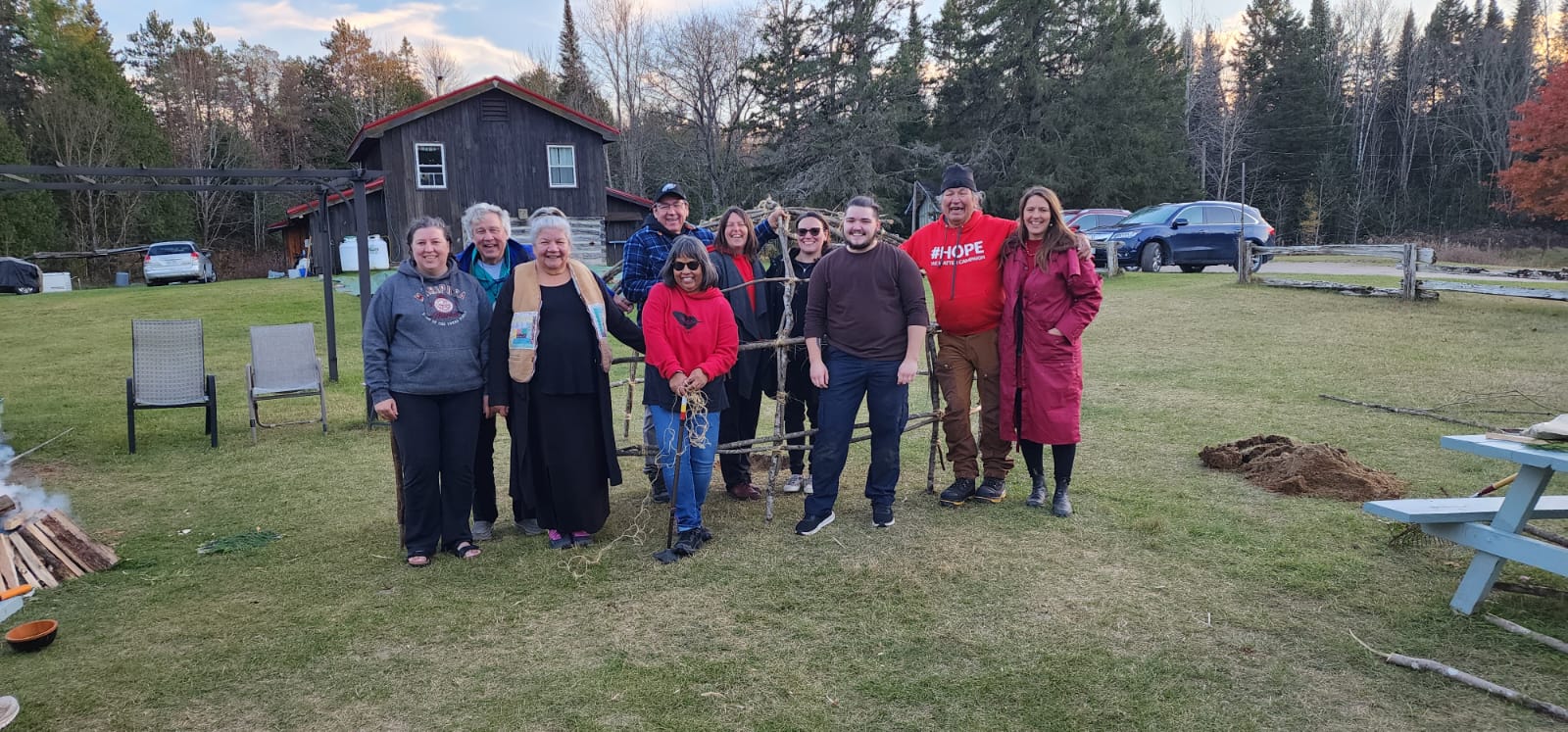
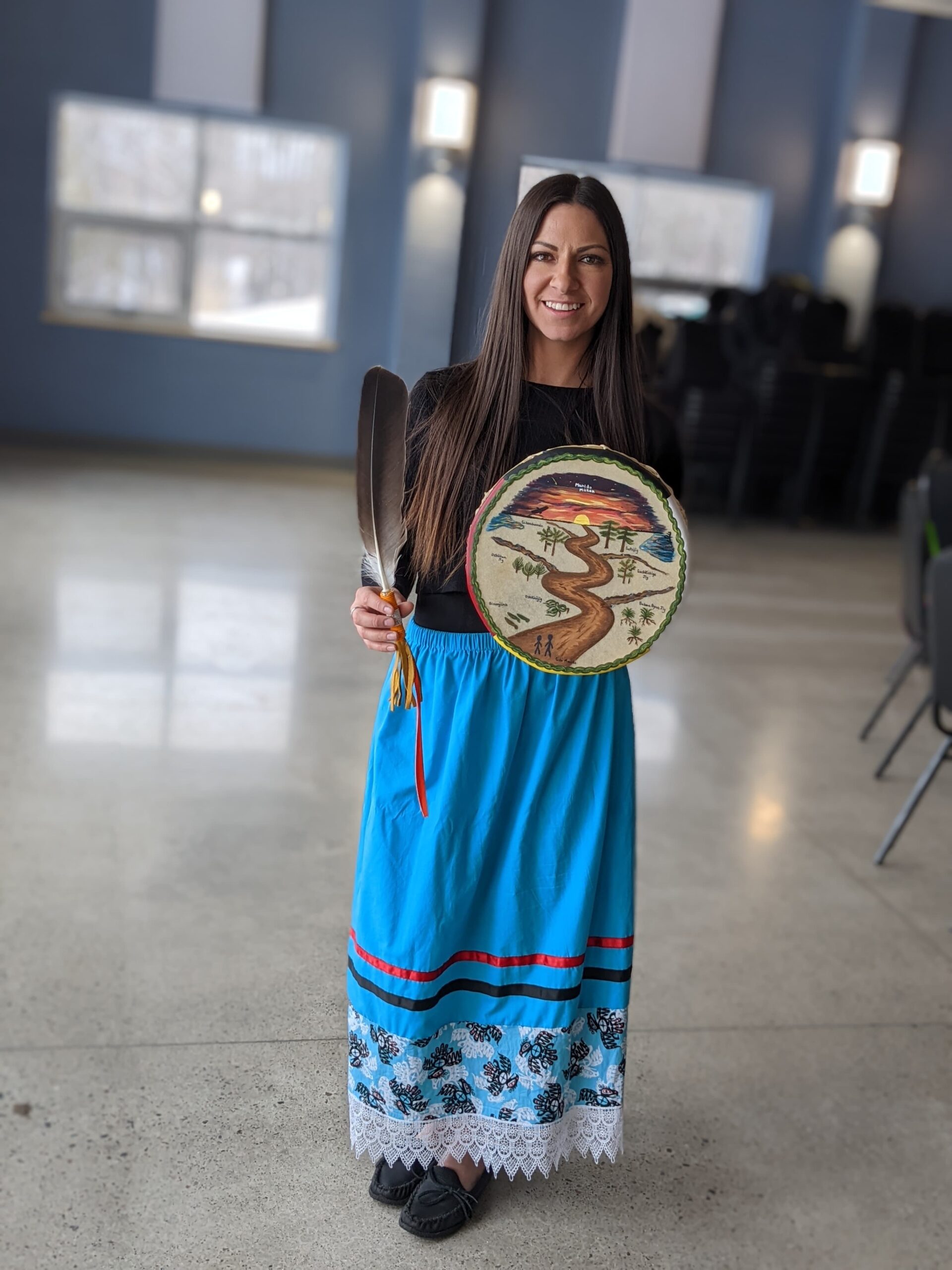
The term in Ojibwe we say geget, it means the truth and that was the essence I got from her from her at that time. Then when the Eagles staff came to feather carriers, those are the elements you in it. Ed and I talked about what would it be, feather carriers in leadership for life promotion, and they would be eagle feathers. And we know that the eagle feather symbolizes life. When you receive an eagle feather you’ve been given life is what our teaching says. So in this roll of feathers that came out, that’s what it meant, unlimited life would come from feather carriers, it would go on forever that is the sense I got from that dream.
But also that color orange in the but they weren’t. They weren’t physical things, they were orbs, they were energy of orange color. In that color orange, they are just like on the Miikans, you see this semi circles at each end, one is sunrise and one is sunset, and at the center of those is that color orange, the centre of a new day and the end of the day, so that’s what I saw at each of the feathers. The eagle feather itself you hear various teachings on it, the stem that goes on the middle. There’s little things that go off to the side. I saw that but I also saw the Miikans were in each feather, beginning of life, transitioning from the end of life is what I saw in that. So that was the dream. The big thing from that dream other than it being my grandmother, was her little house and how it housed so many people. In my dream they weren’t spirits are actual physical people but there were just thousands of them in her little room. That was the same with the cabinet that held the roll of feathers. It had no size, it was huge inside. And she unrolled the feathers, you could see that the roll went on forever. Those are some of the elements that are in Feather Carriers, that it’s forever, when we do what we’re doing in terms of life promotion, that’s forever our people will pick that up again. The way we were before.”
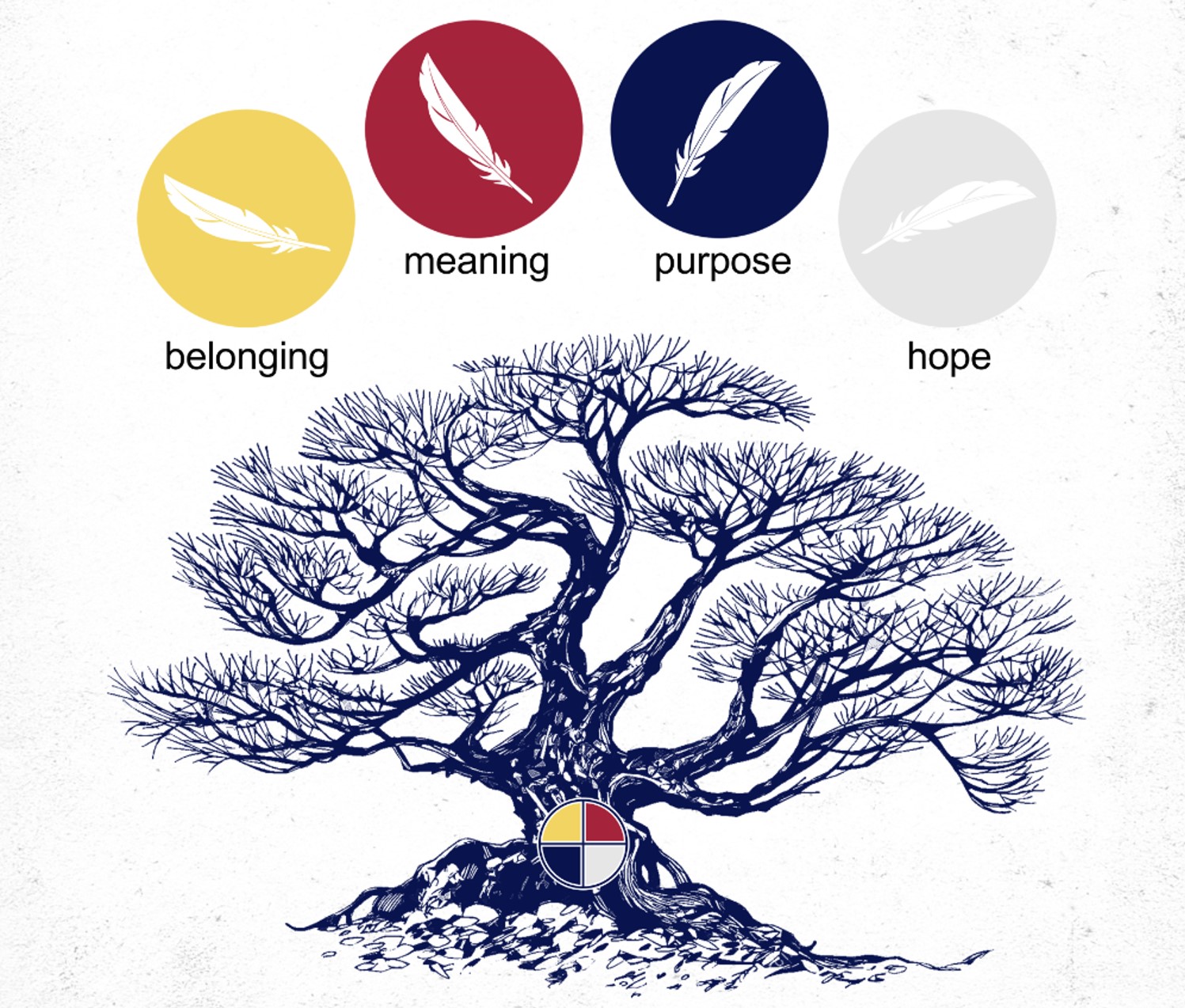
“The Four Essential Questions: Where Do I Come From? Who Am I? Why Am I Here? Where Am I Going?”
Downloadable resources
Promoting a way of life to prevent premature unnatural death: an article in Chapter 22 of Postvention in Action: The International Handbook of suicide bereavement support (2017), discussing Ojibway First Nation (Anishinaabe) Healing Practices. Authors: Edward A. Connors, John Rice and Antoon A. Leenaars
Life Promotion Toolkit for Indigenous Youth
Created by: Wise Practices
More on the toolkit can be found here: https://wisepractices.ca/life-promotion-toolkit/
Additional Resources


